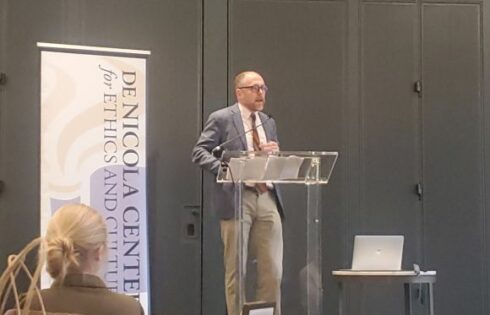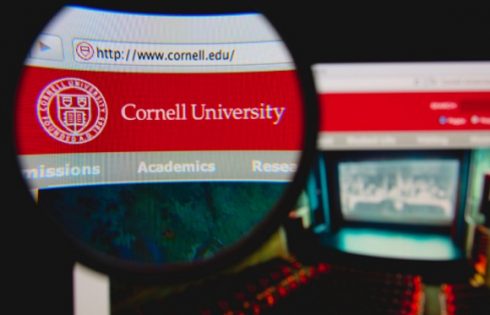The Chronicle of Higher Education has published data on graduation rates at more than 1200 colleges nationwide. Below, I’ve compiled a list of the ten four-year public universities in the U.S. with the worst graduation rates. Some of these institutions have graduations rates that are so poor, it makes you wonder whether they serve any useful purpose at all. For example, at the University of Houston – Downtown, only 1% of the more than 12,000 students enrolled is able to graduate on time. Even after six years, only 12.4% are able to graduate. By way of comparison, the University of Virginia, a leading public 4-year institution, boasts a 4-year graduation rate of 84.5%, and a 6-year graduation rate of 92.7%.
The unfortunate reality is that many of these low-performing universities serve an overwhelmingly low-income and low-academic performance body of students. These are the very people who can least afford to borrow money for a degree they never will finish. It’s the dirty little secret of the “college is for everyone” racket. The one thing that is indisputably worse than having no college degree, is having no college degree plus tens of thousands of dollars in student loans.
Public universities have a special obligation to serve the public interest. They are financed with tax dollars, and therefore tax payers have a right to ask whether they are getting their money’s worth.
Note: Vincennes University appears to be incorrectly listed as the worst in the nation. It seems implausible that they have failed to graduate any students at all, as the data suggest. So I’d mark that one up to a data entry error. Peeking around elsewhere, I discovered that Vincennes’s graduation rate is listed elsewhere as 24%. Vincennes probably isn’t actually among the nation’s ten worst public universities, but it’s performance is dreadful nonetheless.
Ultimately, the list below represents only a fraction of the billions that are wasted each year by students who will never earn degrees.
To get a sense of the level of waste in dollars and cents, check out Central State University in Ohio on the table below with a whopping $197,534 spent per degree earned. And ask yourself: Who is benefiting from all that money? It certainly isn’t the students. After all, in six years, less than one out of five have completed a degree. In that part of the country, you could buy each graduate a comfortable three-bedroom home for that kind of money. How then could such an extravagant sum be, in any sense, in line with the public interest for the taxpayers of Ohio?
Graduation rates, 2010 (4-year Public Universities)
| College Location |
Graduation rate (150%) | Graduation rate (100%) | Undergrad enrollment | Pell grant recipients | $ spent per degree | Aid per recipient | ||
|---|---|---|---|---|---|---|---|---|
| Vincennes UniversityVincennes, Indiana | 0.0% | 0.0% | 16,595 | 26.3% | $47,741 | $9,675 | ||
| University of Houston-DowntownHouston, Texas | 12.4% | 1.0% | 12,746 | 41.8% | $35,690 | $4,786 | ||
| Texas Southern UniversityHouston, Texas | 13.3% | 5.9% | 6,964 | 69.4% | $135,930 | $6,950 | ||
| Chicago State UniversityChicago, Illinois | 13.9% | 3.0% | 5,667 | 71.6% | $112,141 | $11,856 | ||
| Cameron UniversityLawton, Oklahoma | 14.1% | 5.4% | 5,860 | 38.9% | $53,724 | $4,998 | ||
| Utah Valley UniversityOrem, Utah | 15.0% | 3.9% | 32,573 | 32.8% | $46,697 | $4,247 | ||
| Coppin State UniversityBaltimore, Maryland | 16.3% | 4.6% | 3,298 | 58.3% | $140,300 | $8,027 | ||
| Indiana University-NorthwestGary, Indiana | 19.4% | 5.5% | 5,307 | 33.0% | $55,326 | $5,679 | ||
| Central State UniversityWilberforce, Ohio | 19.4% | 7.9% | 2,244 | 77.0% | $197,534 | $7,446 | ||
| City University of New York York CollegeJamaica, New York | 19.5% | 3.7% | 7,784 | 47.7% | $124,532 | $6,076 |
Nathan Harden is editor of The College Fix and author of the book SEX & GOD AT YALE: Porn, Political Correctness, and a Good Education Gone Bad.
Like The College Fix on Facebook.
Follow Nathan on Twitter @NathanHarden
(Image by SLUMadridCampus / Flickr)





Please join the conversation about our stories on Facebook, Twitter, Instagram, Reddit, MeWe, Rumble, Gab, Minds and Gettr.